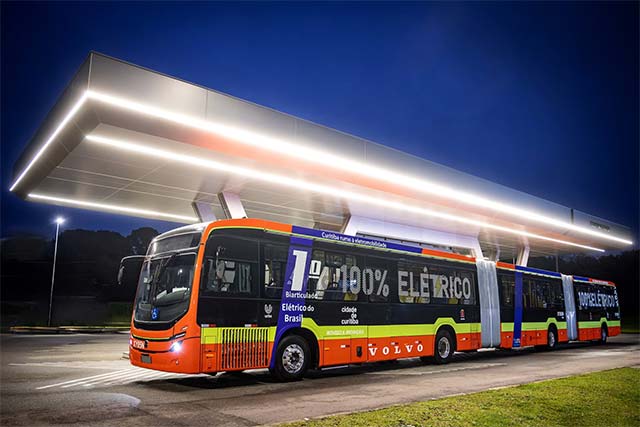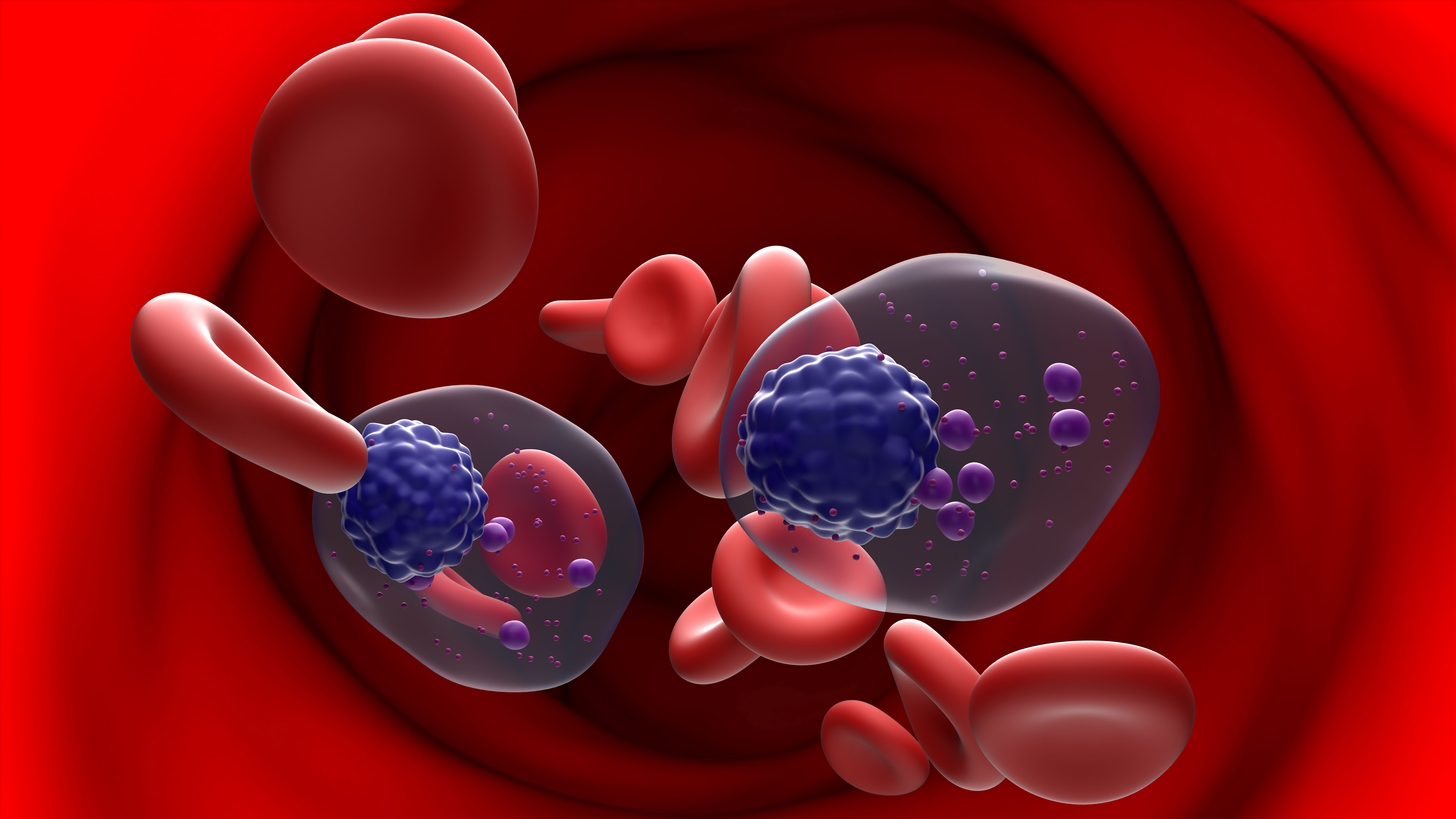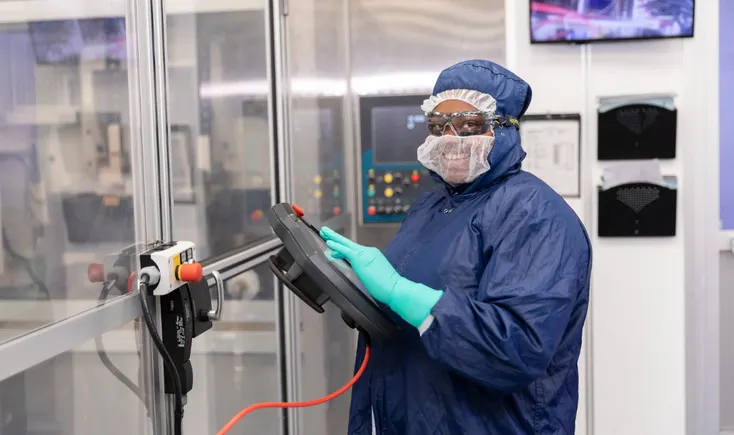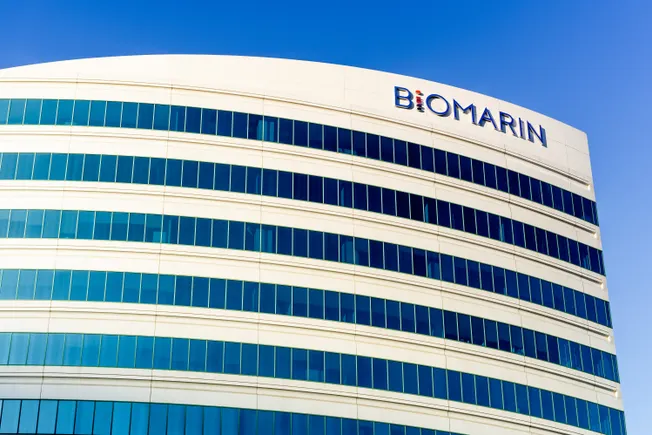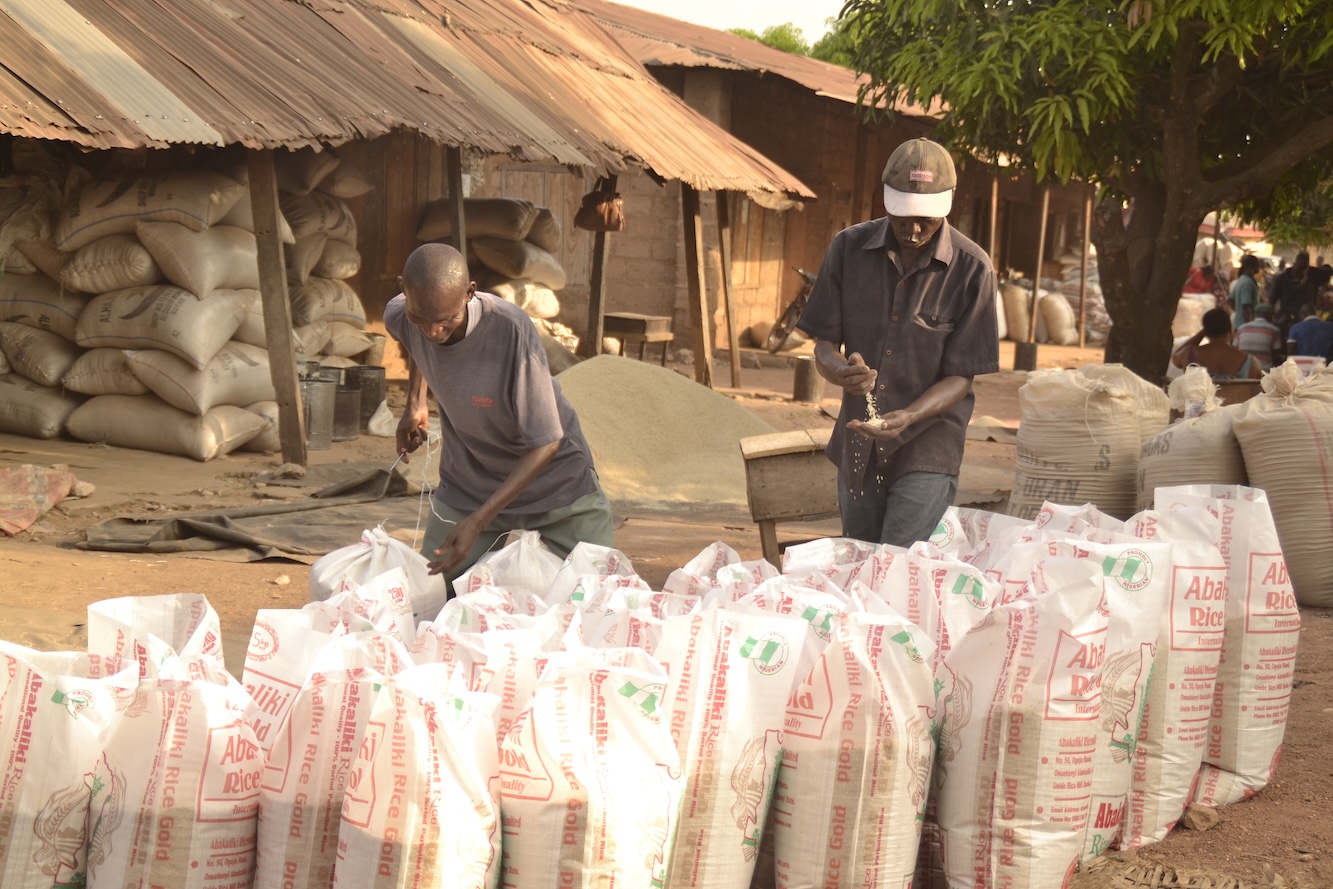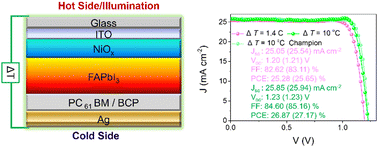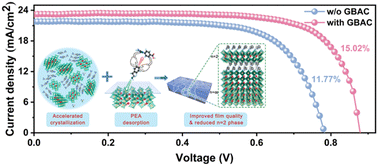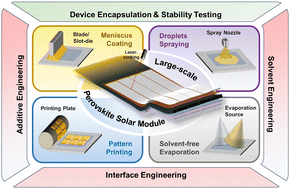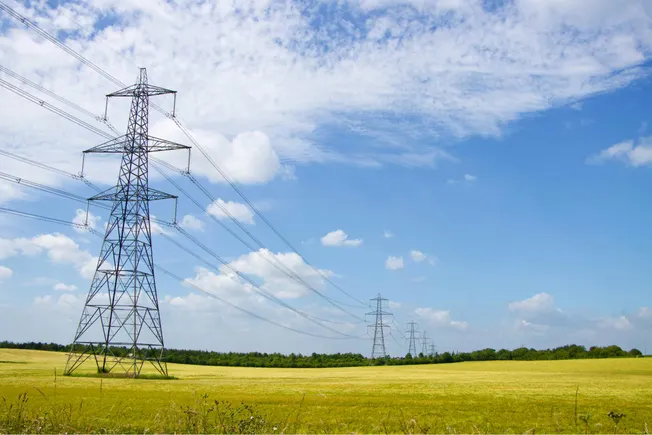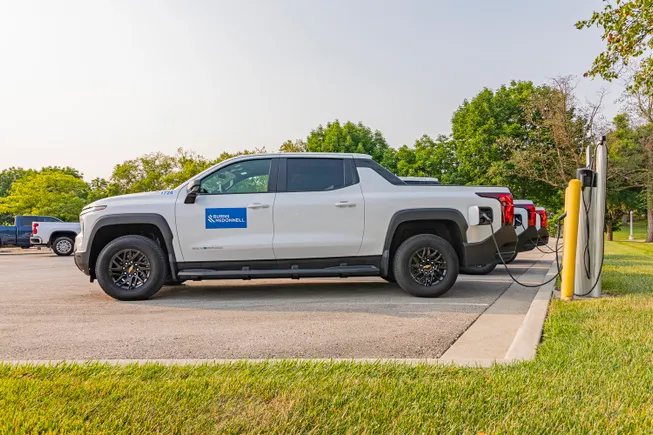Self‐Adaptive Bismuth Composite Anode for High‐Performance Potassium‐Ion Batteries
Advanced Energy Materials, EarlyView.

A stable Bi-based anode by embedding Bi nanoparticles in red phosphorus via ball milling, forming amorphous BiPO₄ in situ. This structure enables self-adaptive expansion and contraction, effectively buffering volume changes. Molecular dynamics calculations reveal that BiPO₄ enhances electron affinity and promotes homogeneous solid electrolyte interphase formation, leading to improved cycling stability. The resulting anode exhibits a capacity retention of 95.9% after 1700 cycles at 0.5 A g⁻¹, with stable performance in full-cell configurations.
Abstract
Bismuth (Bi)-based anode materials have gained significant attention in potassium-ion batteries (PIBs) due to their promising theoretical gravimetric and volumetric capacity. However, Bi-based anode suffers from significant volumetric expansion during potassiation/depotassiation, bringing stress/strain accumulation and the resultant pulverization. In this work, a stable Bi-based anode material is designed by embedding Bi nanoparticles in red phosphorus via ball-milling. Amorphous BiPO4 is formed uniformly in situ, which induces self-adaptive expansion and contraction behavior during potassiation/depotassiation and therefore effectively buffers the volume change and assures the particle integrity. Molecular dynamics (MD) calculation reveals that the incorporation of BiPO4 enhances the electron affinity of Bi@P@BiPO4@C with the electrolyte, promoting the formation of a homogeneous solid electrolyte interphase (SEI). Moreover, the presence of BiPO4 enhances electron accumulation in the bonding region between Bi@BiPO4 and the TEP electrolyte, leading to stronger adsorption and improved interfacial stability of Bi@P@BiPO4@C in the TEP electrolyte compared to Bi@P@C. As a result, the designed Bi-based anode exhibits a high capacity retention of 95.9% after 1700 cycles at 0.5 A g−1. In a full-cell configuration, a stable cycling performance is also achieved. This study presents a straightforward and effective strategy for enhancing Bi utilization as high-performance anodes in PIBs.





























